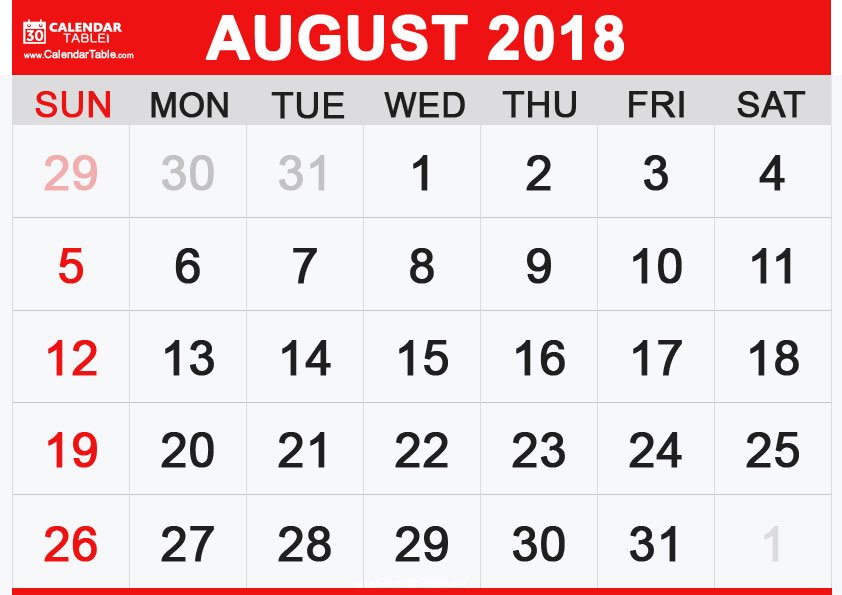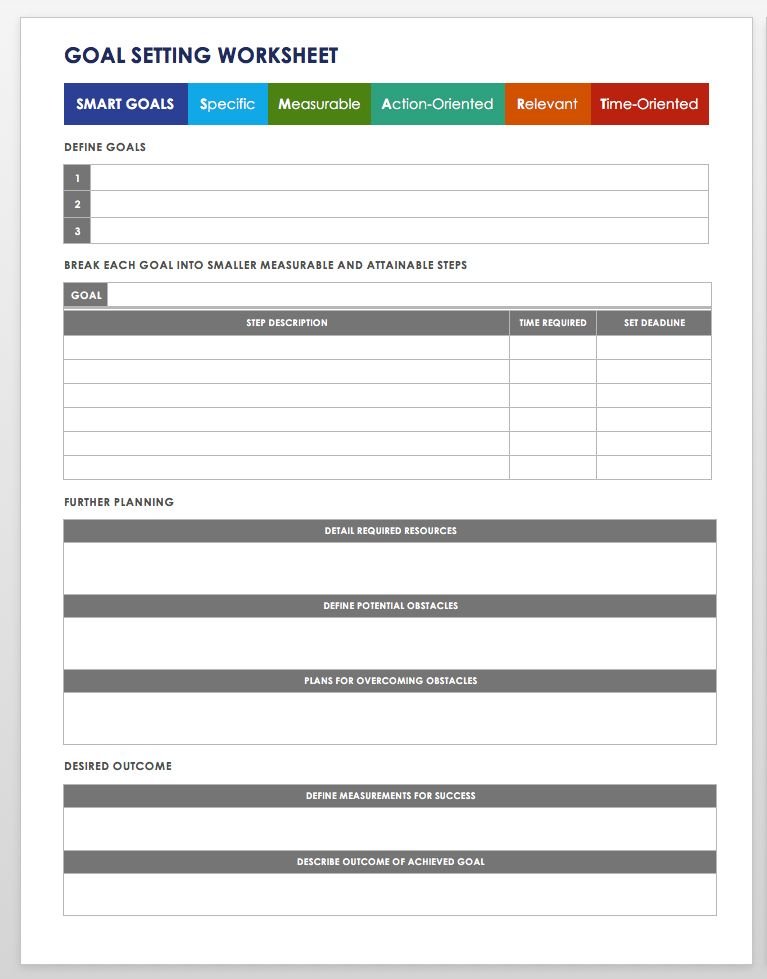With the advent of the internet and various other fast means of communication, printable calendars might seem like archaic relics of the past. But contrary to popular belief, calendars are not completely obsolete, despite the fact that you can easily check the date on your smartphone. Unlike a smartphone, which you can easily toss into the drawer and ignore it for the rest of the day, a printable calendar has a bigger, more impactful presence. A calendar will always be there, up on the wall, pushing you to be more productive and not slack off.
But a calendar has many other uses besides boosting productivity. Whether or not you are a businessman or hold a job that requires you to meet a lot of people on a daily basis, a printable calendar will help you make sense out of all your obligations. Here is how to schedule your meetings with a printable calendar.
Prioritize Meetings with Printable Calendar
Whether you hold a position that requires you to constantly micromanage people or not, prioritization is one of the most important factors that will influence your level of productivity. And to be more efficient, you will need to prioritize your meetings as well. A great way of prioritizing your meetings is using a printable calendar – you can use different colours to highlight the meetings by importance, for example, red for urgent meetings and blue for meetings that can be delayed. If you are wondering which type of calendar you should use, you can check out these weekly calendar templates and see which one is suited to your needs.
According to a study published by Steven G. Rogelberg, Cliff Scott, and John Kello, the average employee spends approximately six hours per week attending scheduled meetings. Supervisors spend even more time than that. In fact, the same study states that the frequency of meetings has only increased in the past 50 years, with senior managers attending nearly 23 hours of meetings every week.
To put this number into perspective, consider the fact that during the 60’s, managers and other employees who held administrative positions spent less than 10 hours in meetings.
The effects of these meetings are somewhere in the middle. While some employees stated that meetings helped them be more productive, other felt they were a waste of time. To avoid being in the latter category, a good idea is to prioritize them according to importance.
If you feel like the meeting will have no immediate effects on your performance, it is a good idea to mark it. Mark in the printable calendar and send someone else to attend it. You can preferably choose a young employee who needs the work experience. In this way, you will not only boost your own productivity. But you will also prepare a newer generation of employees to lead the company in the future.
Tracking Meetings Goals
Ideally, every meeting should have a specific purpose or goal, otherwise, everybody’s precious time is wasted. Goal setting is a tried and proven method. It is with the first academic studies on this concept dating back to the early 30’s. In the mid 60’s, Edwin A. Locke continued these studies and published his groundbreaking study, Toward a Theory of Task Motivation and Incentives.
Science says that goal setting is one of the best ways to improve both individual and group performance.
Therefore there is no good reason why you should not apply these concepts in your professional life. As always, you can use different colours to mark the specific goals of the meeting.
This will help you not only from a practical standpoint but in other areas as well. By doing this, you will have a clear, visual representation of all past meetings. This proves to be a great way of keeping a historical perspective of your activity as a manager.
Remembering Recurring Meetings
With all the talk and effort about prioritizing meetings, you still have recurring ones that you have to attend. Well, it is whether you like it or not. Some meetings just can’t be avoided, so all you can do is marking them as best as you can. A good way to easily remember them is using a printable calendar – you can mark them by their specific characteristics.
For instance, you can use green for monthly maintenance meetings, orange for the weekly report meeting with the staff. And brown for decision making meetings. By colour coding them, you will have an easier time committing them to memory.
Conclusion
Despite what most people believe, printable calendars are far from dead. While apps and software might be useful in certain areas, printable calendars have that physical tangibility. It has effects that will incentivize you to be more productive.
Also, it will schedule your meetings in a way that makes sense. Make sure to read through the tips presented throughout the tips presented throughout this article and you will soon get the hang of it.


